ANGUILLA BICOLOR BICOLOR (Eel) Farming in a Round Tank System for Export to Japan
With over 20 years of experience in farming catfish, Mr. Co shifted to farming black eels at the end of last year, following an order from a Japanese partner. Although this species has been Commercially farmed in ponds and cages by many farmers, it has not yielded high eConomic value and is mainly Consumed domestically.
Mr. Co, who hails from Long Khanh A Commune in Hong Ngu district, shared that his two sons are studying in Japan, and many of his relatives also live there. During his visits to Japan, he toured several eel (Japanese eel) farms. Recognizing that the headwaters of the Tien River have the ideal Conditions for farming this species, he proposed to his partners the transfer of farming techniques and a guaranteed market for the product.
Japan has six months of Cold winter, requiring a heating system for eel farming. In Contrast, our Country has a warm climate year-round. The Tien River headwaters provide abundant clean water, he explained.
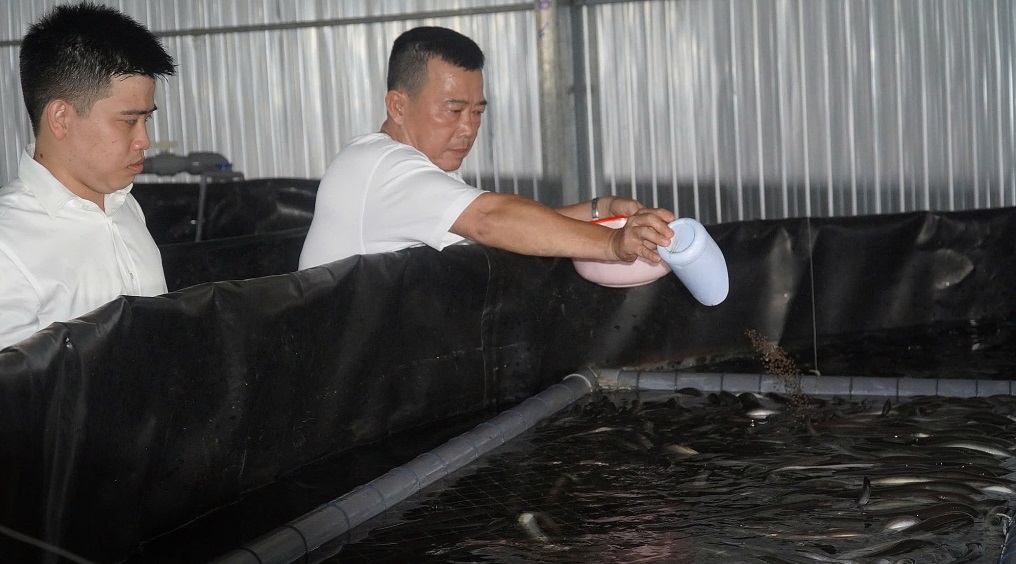
Mr. Le Van Co (right) is feeding eels.
Initially, Mr. Co built an 800-square-meter farm near the Tien River, with 10 tanks to experiment with 25,000 eels. His goal was to study the species’ behavior and adapt to the recirculating filtration system. The tanks, each with a 20 m³ capacity, were lined with tarps, and the total investment cost was approximately 4.5 billion VND.
According to Mr. Co, the process involves drawing water from the Tien River into a sedimentation tank, then passing it through a recirculating system that includes physical filtration, biological treatment, and oxygen supply before it enters the farming tanks. This process takes three days. The water in the farming tanks is circulated daily through the system to remove impurities, harmful organisms, and replenish oxygen. Each hour, the system processes one 20 m³ tank.
Water loss due to evaporation and impurities accounts for 4%, meaning that only 4% of the water needs to be replenished daily, while 96% is reused, saving water and protecting the environment by not discharging waste outside, he said, adding that wastewater is treated for hydroponic vegetable farming, utilizing the nutrient-rich nitrogen.
However, when he applied the system in practice, he encountered several difficulties. One month after stocking, the eels surfaced and started dying. Upon inspection, he found that their gills were infected with parasitic bacteria, causing rapid disease spread. Each juvenile eel costs 20,000 VND. They were dying continuously, costing tens of millions of VND daily, the middle-aged man recounted.
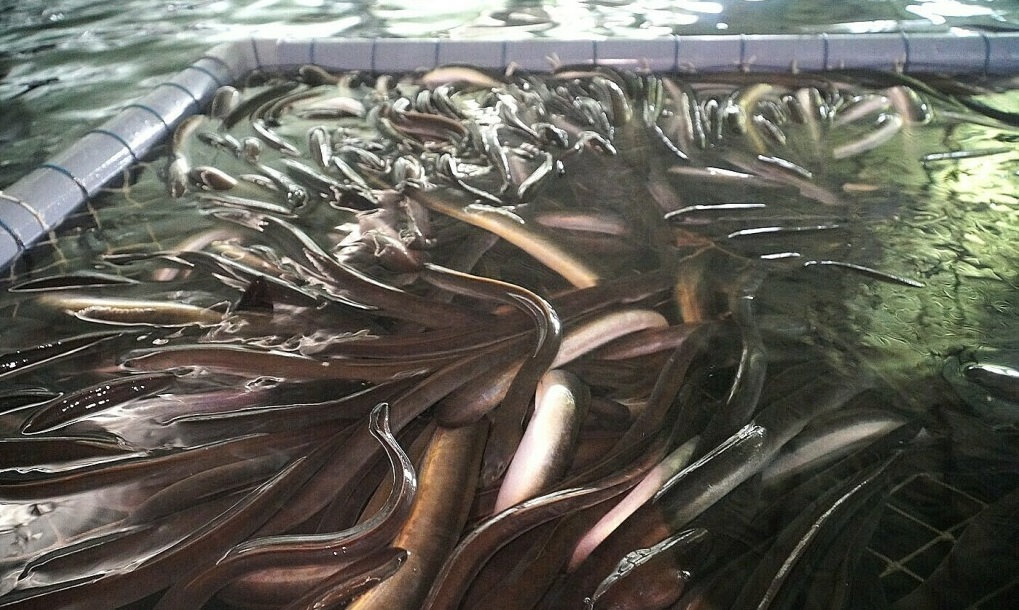
Eels raised at Mr. Co's farm.
From the outset, Mr. Co anticipated challenges, as Japan's procedures couldn't be directly applied to Vietnam, which has different climate, soil, and eel breeds. Together with aquaculture engineers, he gradually identified the causes and solutions, such as increasing oxygen levels and adjusting the farming process. After nearly six months, the team was relieved when the eels began to adapt and grow rapidly.
After nearly a year of farming, Mr. Co found that eels thrive in environments with temperatures between 28-30°C. On average, 1.5 kg of feed (52% protein, priced at 144,000 VND per kg) produces 1 kg of marketable eels. The farming process requires strict control of water quality and other indicators, especially dissolved oxygen levels. Since the eels are raised in a recirculating water system, even a minor mistake can affect all the tanks, resulting in heavy losses.
Depending on the initial size of the stocked juvenile eels, they can be harvested within 3 to 12 months. The Japanese partner ordered eels weighing 250-300 grams, with moderate fat content. Last week, the Japanese partner visited Mr. Co's farm, tasted grilled eel, and praised its quality. They plan to inspect the farm again before placing an order for export to Japan.
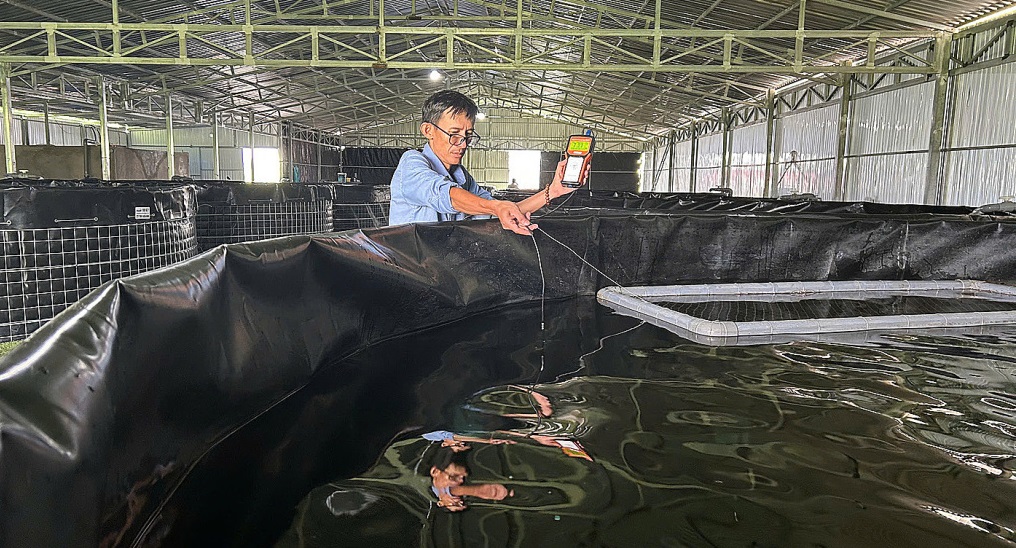
Measuring oxygen concentration in water at an eel farm.
Mr. Co, now more relieved and confident, plans to expand to 100 tanks with an annual production of 100 tons after the first shipment. He hasn't disclosed projected revenues yet, as he's still negotiating prices with his partner, but he believes this is a new, sustainable direction for the Mekong Delta's headwaters.
Mr. Le Quoc Phong, Secretary of the Đong Thap Provincial Party Committee, after personally visiting the farm, stated that this new model, with its strict farming processes that meet Japan's import standards, represents a promising new direction that leverages the local advantages.
Mr. Co has leveraged his production experience, thoroughly researched the market and partners, and applied modern technology. This success is a lesson for the model, Mr. Phong said, adding that this model exemplifies the effectiveness of the professional farmer movement the province is promoting.
The black eel lives in freshwater but migrates to the sea to breed when mature. It is a nocturnal species that avoids light and lives in deep river and stream burrows. In Japan, eel rice (as the Japanese call eels) is among the most popular dishes.
Cre: vnexpress.net
Ngày đăng : 26/10/2024
3286 View
Other Articles
Portuguese food group acquires 18% stake in cod farming company Norcod
Indonesia implements radioactive-free shrimp certification for exports to the United States
India is world’s second-largest shrimp producer. That is now under threat
Ca Mau’s shrimp industry moves towards “green” growth
Floods devastate aquaculture, processing operations in Vietnam
Ecuador Leads Global Shrimp Exports, Surpassing USD 7 Billion in 2025
India's marine product exports rise 16% as new markets offset US dip
Skretting presents the first shrimp feed with insect meal in Vietnam
Sharing: EU increases shrimp imports in the first 9 months of the year
Gideon De Oro opens high tech Cebu shrimp plant, to revive exports
White-leg shrimp facing WSSV: When density and environment fluctuate together








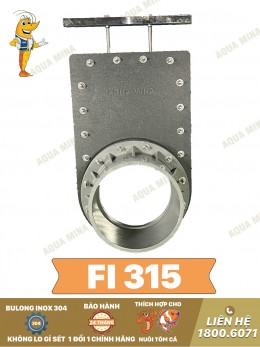
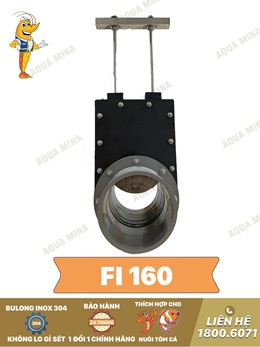
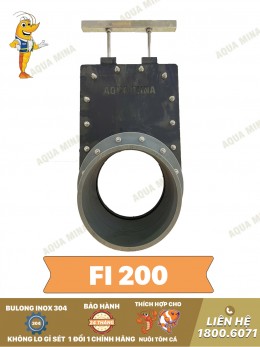
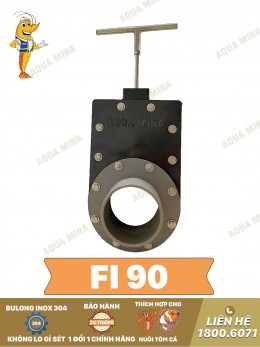
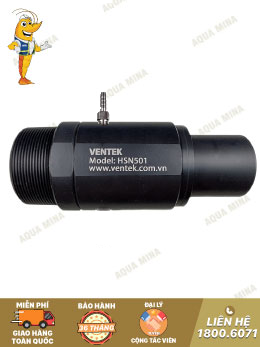
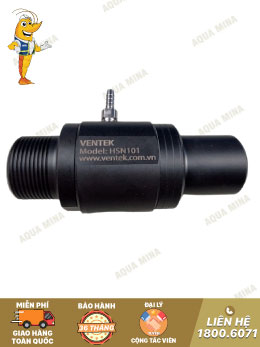

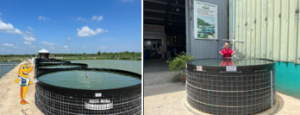
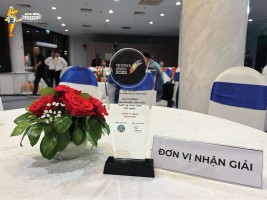
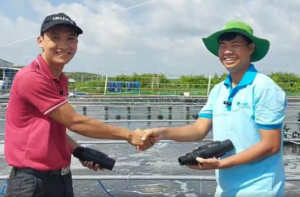
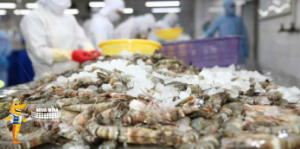
.jpg)